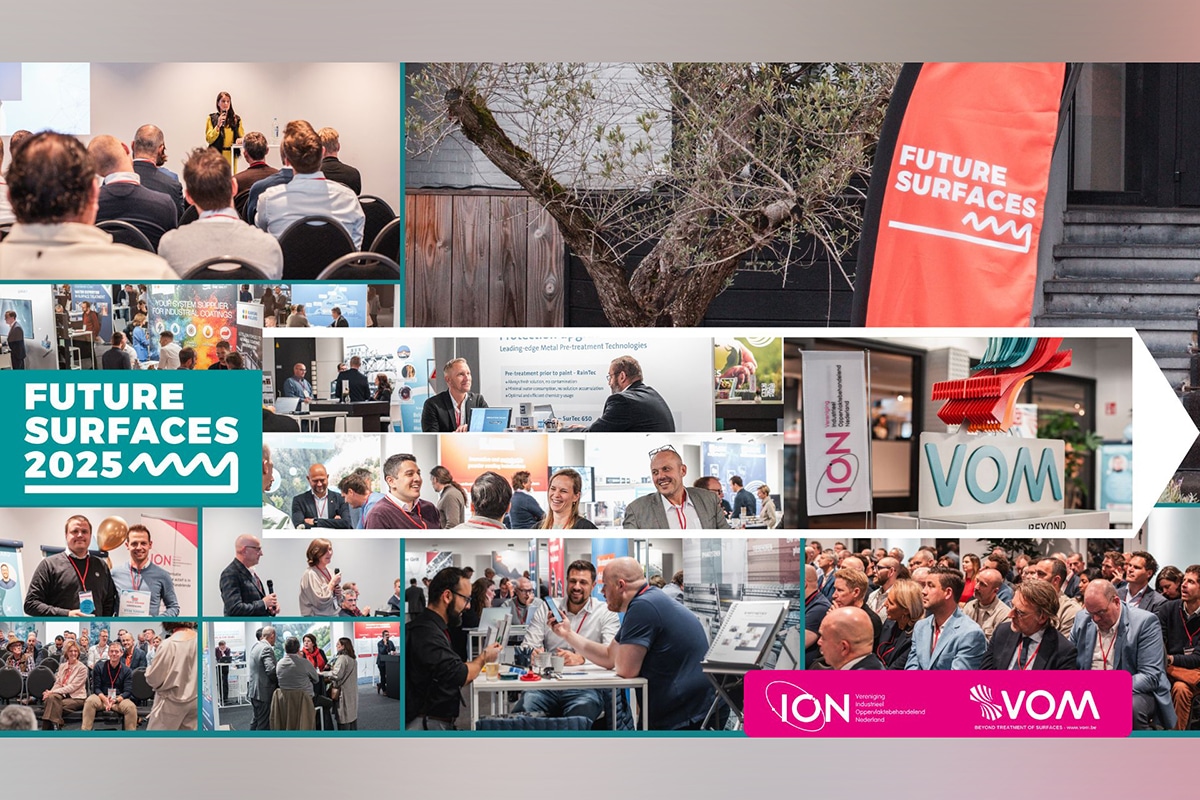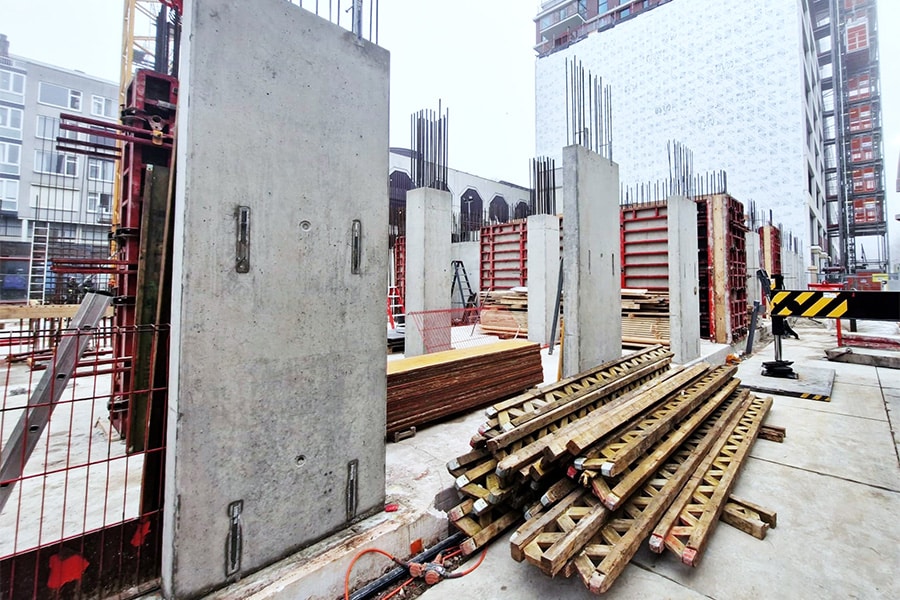
Donor steel: 'Knowing where demolition and construction are going to take place, that's where it starts'
For example, steel builders can use donor steel; reusing the steel from existing structures to build new ones. That requires a different mindset, collaboration and the intention to build circularly, but then you make strides.
Pieter Klijn is technical director of Vic Obdam Steel Construction and is committed to circular construction. "Our choices have long been determined by sustainable building. We have had a heat pump for thirty years and have been gasless since January 1. Donor steel fits into this picture. By building with donor steel you make no claim on raw materials and waste streams are limited."

Material properties
The term covers quite a bit of ground. Whereas the term "donor kidney" indicates that one person's kidney is transferred to another person so that the latter can continue to live with it, donor steel is essentially the same. "The quality of material, both the chemical and mechanical properties and the welding grades are already fixed in the donor sample," Klijn says. "However, these have to be determined through research. Then the extent to which they match the new project can be investigated. In addition, the new design must be such that the steel elements can remain intact as much as possible or can be reused in a smart way with minor modifications."

Networking essential
"This requires a different way of looking at building elements," adds Gino Obdam, commercial director of Vic Obdam. "By keeping a building element intact as much as possible, it retains its financial value and is the most sustainable solution. But where do you find the appropriate project? That makes networking an essential component. You have to know where in the area demolition and construction is going to take place. The earlier you hook up with a project, the better the chances of getting a high percentage of donor steel."

Biopartner 5
An appealing project using donor steel is the building on the Leiden campus: Biopartner 5. The client envisioned the building when he received 170 tons of steel donated from a building several hundred meters away. "On this, all parties had to switch gears," says Klijn. "Architect, structural engineer and contractor had to leave their traditional methods behind and look for suitable possibilities. That really didn't happen by itself, but it resulted in a beautiful building, ready for the next round of reuse. Moreover, all partners have indicated that they want to continue in the same vein in the future."

According to Klijn and Obdam, every step counts. For example, starting today, new steel elements can be provided with a material passport that defines their properties, making them ready for circularity in the future. Entrepreneurs in the construction industry - especially demolition companies - can keep each other informed about upcoming projects and express their intentions. Architects can look for released materials before running to the "drawing board. "We like to get in touch with parties who want to be involved in this. By joining forces, we can make donor steel 100% reusable."




